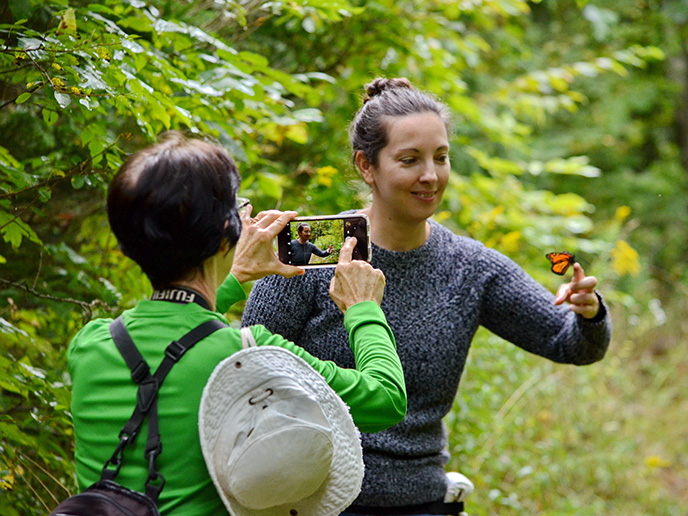Improving the collection and management of data in citizen science
There is a need to make it simpler for citizen science platforms, also known as citizen observatories, to share data. This will help to enhance citizen science observatories’ interoperability, networking, data quality and secure data management. Both the scientific community and the public stand to benefit. To achieve this, the EU-funded COS4CLOUD project is working with nine citizen biodiversity observatories, four of which are the largest in Europe: Artportalen, iSpot, Natusfera and Pl@ntNet. The services will be tested on five environmental quality monitoring platforms.
Tackling biodiversity and environmental issues
Artportalen is key to Sweden’s environmental management and conservation. Authorities and governmental agencies benefit from over 82 million citizen observations, including birds, plants, insects and fungus. About 11 000 different people reported observations in 2019 alone. This massive data is being fed into Cos4Bio, an interoperable, open-source service that integrates biodiversity observations from several citizen observatories into one place. Developed by COS4CLOUD, experts view and identify all observations, interact with the community and contribute their knowledge about each species. The consortium is using Agile methodology to continuously improve the citizen science services. This is done by working together with and gathering feedback from stakeholders in all development phases. Creating a workflow ensures all the services developers are connected to the appropriate stakeholders and obtain and integrate their feedback. “In COS4CLOUD, we are working precisely to make that data more trustworthy and usable within the scientific field by developing 13 services to help citizen observatories to increase their data quality and quantity,” states Henning Bredel of project partner 52°North Spatial Information Research GmbH in Germany.
Discovering marine biodiversity
COS4CLOUD is also coordinating a broad range of activities to facilitate networking and knowledge management. It is co-organising BioMARató, one of the biggest citizen science and marine observation events in Catalonia, Spain. This friendly competition began in June and ends on 30 September. Participants photograph as many living creatures as possible along the Catalan coast and Barcelona. The photos are then shared on Natusfera. The organisers count, identify and validate all the observations. Experts and wildlife enthusiasts show the contestants how to identify the species. “BioMARató will generate a set of observations impossible to obtain using more traditional scientific methodologies, and this opens the door to new research to study the dynamics of the marine ecosystem on a large scale,” explains COS4CLOUD coordinator Jaume Piera, a researcher at Institut de Ciències del Mar, the Spanish National Research Council’s largest research institute dedicated to marine research. Ending in February 2023, the COS4CLOUD (Co-designed Citizen Observatories Services for the EOS-Cloud) project will ultimately integrate its services into the new European Open Science Cloud. This virtual space enables the scientific community to store, manage, analyse and reuse data for research, innovation and education. If you are interested in having your project featured as a ‘Project of the Month’ in an upcoming issue, please send us an email to editorial@cordis.europa.eu and tell us why!
Keywords
COS4CLOUD, citizen science, citizen observatory, data, biodiversity, observation, marine



